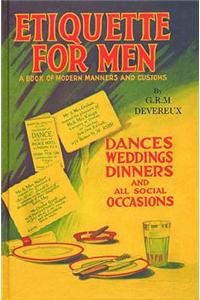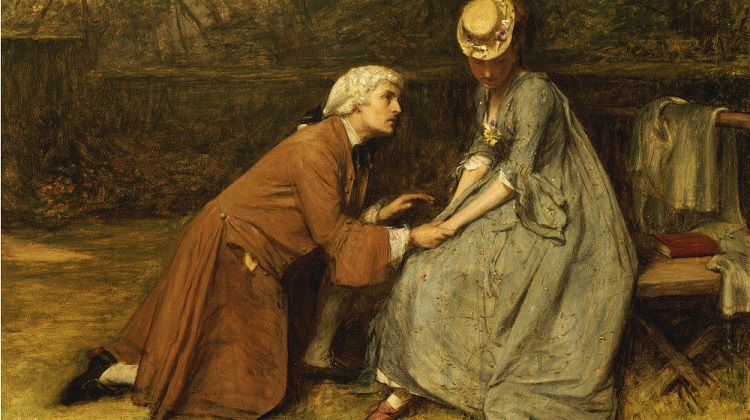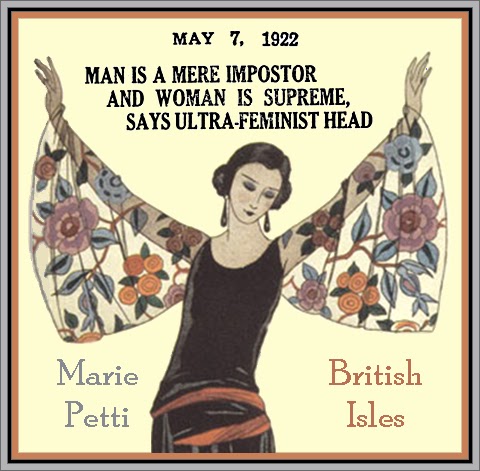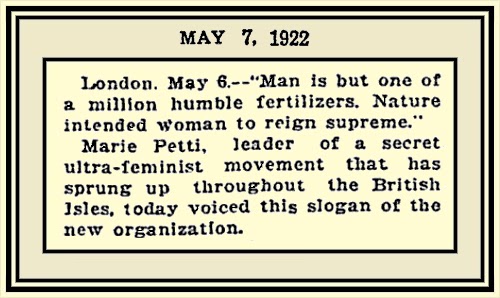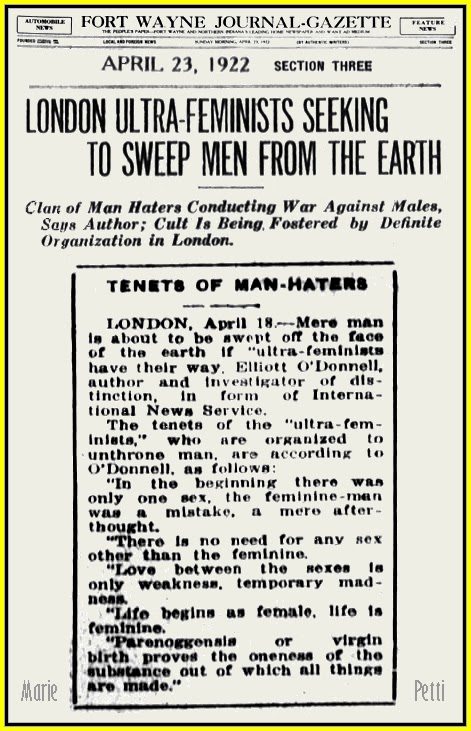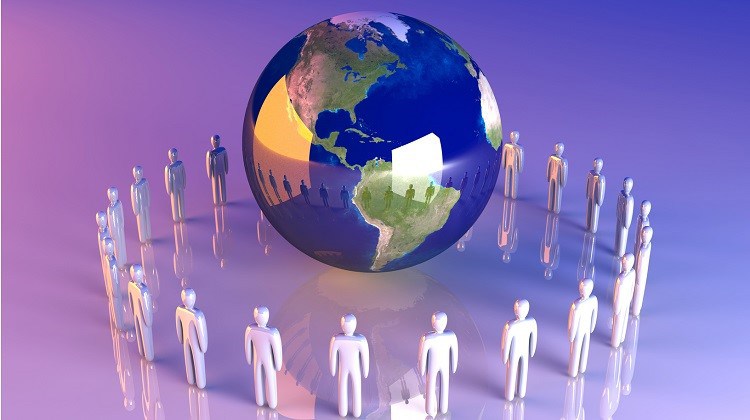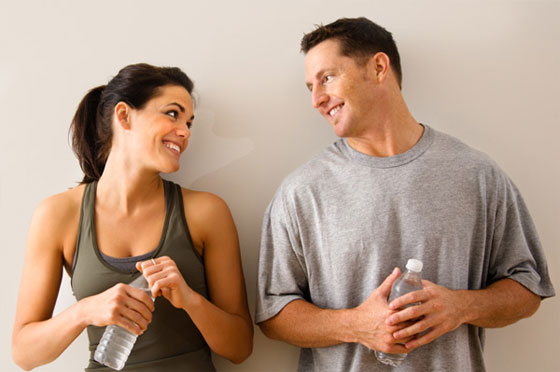Gynocentrism (2014)
Gynocentrism is the ideological practice, conscious or otherwise, of asserting a female (or specifically a feminist) point of view on social issues, possibly to the detriment of non-females.1, 2, 3 The perceptions, needs, and desires of women have primacy in this approach, where the female view is the lens through which issues are addressed and analyzed.4
Description
Scholars Katherine K. Young and Paul Nathanson state that ideologically, the overriding focus of gynocentrism is to prioritize females hierarchically, and as a result may be interpreted as misandry (the hatred and prejudice towards men). Feminist calls for equality or even equity are often, according to their research, a subterfuge for gynocentrism.5
Young and Nathanson define gynocentrism as a worldview based on the implicit or explicit belief that the world revolves around women, a cultural theme so well entrenched that it has become ‘de rigueur’ behind the scenes in law courts and government bureaucracies, which has resulted in systemic discrimination against men.6 They further state that gynocentrism is a form of essentialism – as distinct from scholarship or political activity on behalf of women- to the extent that it focuses on the innate virtues of women and the innate vices of men.7
Some authors make more subtle discriminations between types of gynocentrism, such as individual gynocentric acts and events (eg. Mother’s Day), and the broader concept of a gynocentric culture which refers to a larger collection of culture traits that have major significance in the way people’s lives were lived.8
History
Elements of gynocentric culture existing today are derived from practices originating in medieval society such as feudalism, chivalry and courtly love that continue to inform contemporary society in subtle ways.9 Peter Wright refers to such gynocentric patters as constituting a “sexual feudalism,” as attested by female writers such as Lucrezia Marinella who in 1600 AD recounted that women of even lower socioeconomic classes were treated as superiors by men who acted as servants or beasts born to serve them, or by Modesta Pozzo who in 1590 wrote, “don’t we see that men’s rightful task is to go out to work and wear themselves out trying to accumulate wealth, as though they were our factors or stewards, so that we can remain at home like the lady of the house directing their work and enjoying the profit of their labors? That, if you like, is the reason why men are naturally stronger and more robust than us — they need to be, so they can put up with the hard labor they must endure in our service.”10
Criticism
Some post-modern feminists such as Nancy Fraser question the assumption of a stable concept of ‘woman’ which underlies all gynocentrism.11 Scholars Paul Nathanson and Katherine Young make a comparable claim that gynocentrism is a form of essentialism as distinct from scholarship or political activity on behalf of women, to the extent that it focuses on the innate virtues of women. Nathanson and Young add that “This worldview is explicitly misandric too, because it not only ignores the needs and problems of men, but also attacks men.12
Christina Hoff Sommers has argued that gynocentrism is anti-intellectual and holds an antagonistic view of traditional scientific and creative disciplines, dismissing many important discoveries and artistic works as masculine. Sommers also writes that the presumption of objectivity ascribed to many gynocentrist theories has stifled feminist discourse and interpretation.13
Feminist writer Lynda Burns emphasises that gynocentrism calls for a celebration of women’s positive differences – of women’s history, myths, arts and music – as opposed to an assimilationist model privileging similarity to men.14 However observed in practice, the preeminence of women associated with gynocentric narratives is often seen as absolute: interpersonally, culturally, historically, politically, or in broader contexts socially (i.e. popular entertainment). As such, it can shade into what Rosalind Coward called “womanism…a sort of popularized version of feminism which acclaims everything women do and disparages men”.15
Sources:
[1] Oxford English Dictionary 2010
[2] Wiktionary Gynocentrism
[3] Gynocentrism and its cultural origins
[4] Nicholson, Linda J. ”The second wave: a reader in feminist theory” Routledge, 1997
[5] Katherine K. Young and Paul Nathanson, Legalizing Misandry, 2006 p.116
[6] Katherine K. Young and Paul Nathanson, Legalizing Misandry, 2006 p.309
[7] Katherine K. Young and Paul Nathanson, Sanctifying Misandry, 2010 p.58
[8] Wright, Peter, ”Gynocentrism: From Feudalism to Modern Disney Princesses”, 2014 p.8
[9] Wright, Peter, ”Gynocentrism: From Feudalism to Modern Disney Princesses”, 2014 p.28
[10] Wright, Peter, ”Gynocentrism: From Feudalism to Modern Disney Princesses”, 2014 p.28
[11] Burns, p. 160-1
[12] Katherine K. Young and Paul Nathanson, Sanctifying Misandry, 2010 p.58
[13] Christina Hoff Sommers, ”Who Stole Feminism?: How Women Have Betrayed Women” (1994) p. 64-73
[14] Lynda Burns, ”Feminist Alliances” (2006) p. 153
[15] Rosalind Coward, ”Sacred Cows” (1999) p. 11

